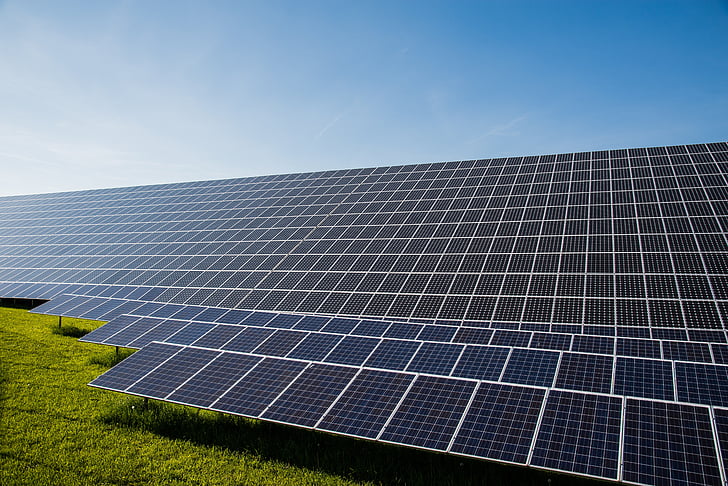No one can deny the strong demand for solar power in the Sunshine State. Both utility-scale and rooftop solar installations continue to grow in Florida – as highlighted in our most recent Solar in the Southeast report. Yet some residential customers cannot directly access the economic benefits of solar power because they may rent their homes, live in multi-unit dwellings, or have shaded roofs. Likewise, there are commercial customers that may not own their business property, may not want the ownership responsibility of rooftop solar, or may just not have enough rooftop space to meet their needs.

Clean Energy Connection
That’s where shared solar programs can play an important role in expanding access to the economic and environmental benefits of solar power. Case in point: Duke Energy Florida aims to launch its 749 MW shared solar program Clean Energy Connection (CEC) program. The innovative design will provide a direct economic benefit over time to participants (seven years and beyond) while additionally providing system benefits to the utility and economic benefits to all Duke Energy Florida customers.
Duke filed its petition and tariff with Florida Public Service Commission on July 1, 2020; a hearing is set for November 17-18, 2020. That filing also includes a stipulation between Duke and Southern Alliance for Clean Energy, Vote Solar, and Walmart, which enhances the CEC program.
Benefits
We are requesting that the Commission approve the program, tariff, and stipulation in its entirety. Here’s why:
- The CEC program is projected to save Duke customers $532.7 million over the economic life of the ten solar installations that support the program – while also meeting the significant demand for solar power from customers.
- The program builds on the similarly designed Florida Power & Light 1,490 MW SolarTogether shared solar program previously approved by the Commission, but it allocates a significantly higher share of benefits (87%) to all customers and has a significantly higher low-income participation provision (27.7% of the residential section).
- The capacity allocated to low-income families is 26 MW – which makes just that portion of the CEC program almost double the size of the entire shared solar program approved by the Commission in 2019 for Tampa Electric Company. Participating low-income families will not have to wait the standard seven years to see a net benefit from the program, but will rather enjoy an economic benefit in the first month of participation.
- The program will eliminate the need for a fossil gas combustion turbine unit and defer another – displacing 230 MW of fossil-fueled generation with solar power – that reduces the state’s dependence on fossil gas.
- Moreover, reduced burning of fossil fuels helps insulate customers from fuel price spikes on monthly bills and reduces harmful carbon emissions and other pollutants – that’s especially important to frontline communities that are disproportionately impacted by air pollution and climate change impacts.
- Additionally, the CEC program is critically important to local governments for meeting sustainability goals. The program provides a pathway for reducing carbon emissions and moving them to 100% renewable energy. To date, seventeen cities or counties have signaled their desire to participate in the program, and have filed comments in support of the program in the docket, such as the excerpt from the letter from the City of St. Petersburg below.

- Lastly, the stipulation includes requirements for Duke to analyze eliminating even more fossil gas units in favor of additional solar development and battery storage. It also provides a framework for data collection and stakeholder engagement on customer-owned solar. It ensures that Duke will competitively solicit the projects, and consider acquiring third-party-owned projects at various stages of development. It also requires Duke to market the CEC program to participants in its low-income energy efficiency programs to maximize savings for those families and to maximize participation.
Given the state’s regulatory structure, the CEC program design provides an innovative and realistic pathway for responding to the enormous demand for customer participation in solar development in Florida while also providing meaningful economic benefits to all customers. The program, tariff, and stipulation deserve the Commission’s support and approval.
Stay tuned! SACE will keep you updated on the outcome of the Duke CEC solar program hearing later this month, – and, of course, on other meaningful solar developments in the Sunshine State.


